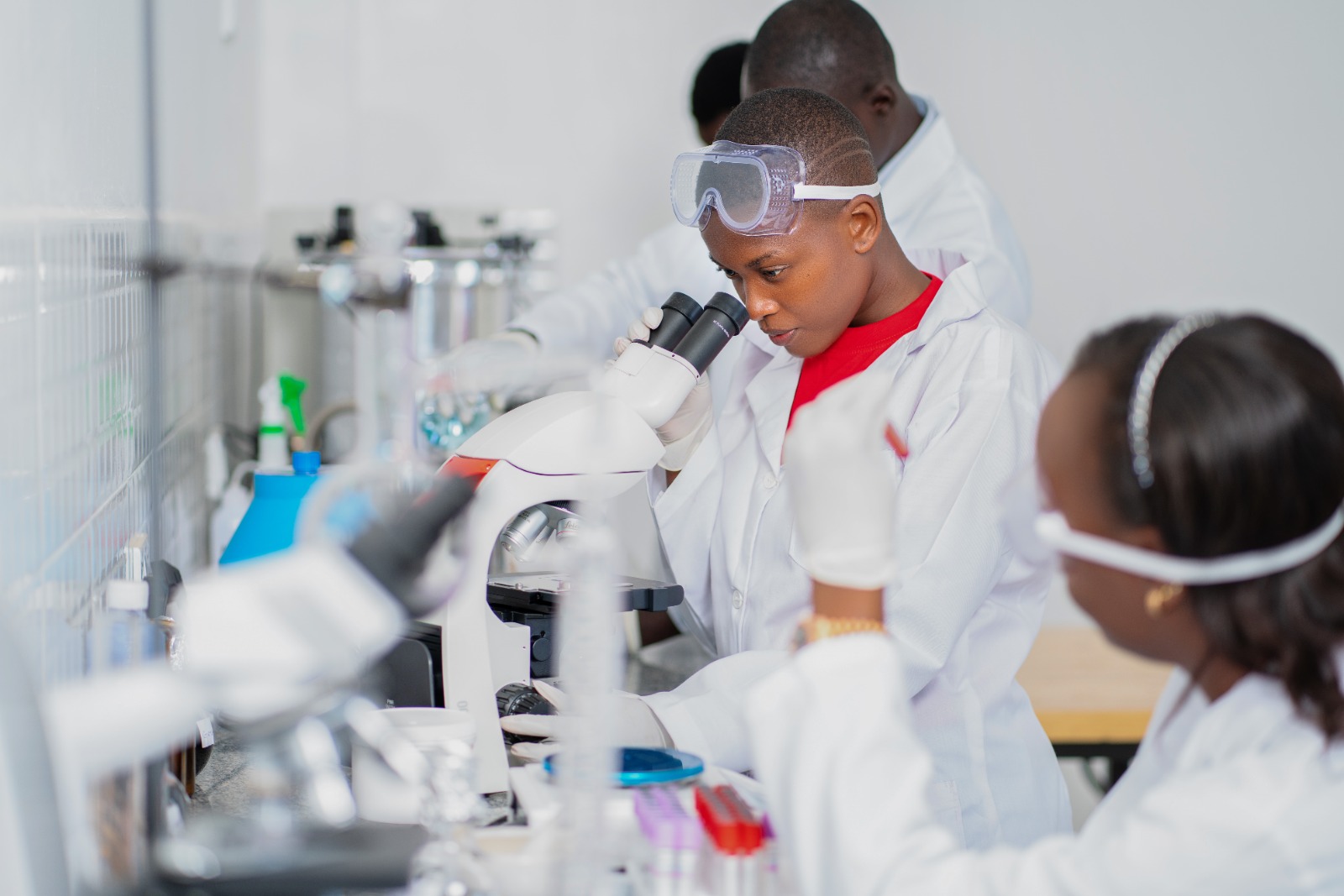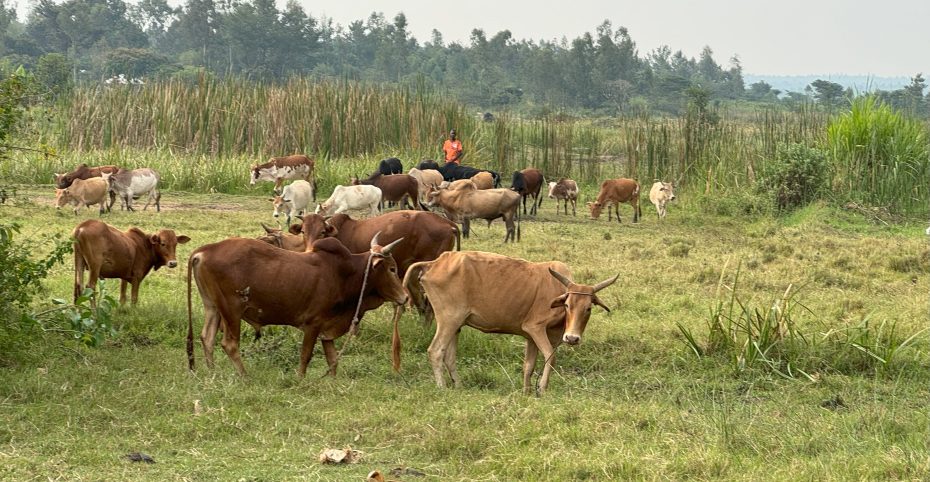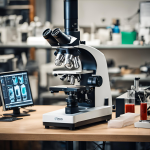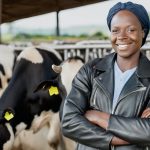For under-banked farmers in rural Kenya, livestock functions as an accessible form of a “savings account.” This is particularly relevant given the disparities in financial inclusion between urban and rural areas. According to the 2021 FinAccess Household Survey, 92% of urban dwellers have access to formal financial services, compared to only 79.2% of the rural population (FSD Kenya et al., 2023). Although this gap has narrowed from 26% in 2009 to 12.5% in 2021, it remains significant. In these under-served rural areas, livestock continues to play a crucial role as an alternative financial tool for savings and asset building.
Here’s how livestock provides financial utility in under-banked rural areas:
-Asset Appreciation and Growth: Livestock can increase in value over time, both as the animals mature and as they reproduce. Farmers can grow their “savings” by simply maintaining healthy livestock herds, leading to a form of compounding as animals reproduce.
-Liquidity for Emergencies: Livestock is relatively liquid in rural economies; farmers can sell animals when cash is needed. This is especially useful in areas without banks, where liquidating savings for expenses such as medical emergencies, school fees, or crop losses can be challenging.
-Income Generation: Livestock provides ongoing value through milk, eggs, wool, or manure. Selling these products generates income that can be reinvested, saved, or used for daily expenses.
-Inflation Hedge: In places where inflation devalues currency, livestock can act as a hedge. Instead of holding cash, which loses value, farmers keep wealth in livestock, which often holds or gains value over time.
-Social Status and Creditworthiness: Livestock is also seen as a sign of prosperity, and communities often view owners of substantial herds as more creditworthy. This informal social collateral can make it easier for farmers to obtain loans from community lenders or engage in bartering arrangements.
-Low Maintenance Savings: For farmers without access to formal financial services, livestock is easier to manage compared to other assets like real estate, which requires paperwork, formal ownership titles, and is harder to liquidate in rural settings.
In essence, livestock provides a multi-functional, flexible, and culturally accepted savings device that fits well within the financial and social structures of under-banked rural communities.

Veterinary labs are crucial for sustaining livestock in rural areas because they provide the tools, knowledge, and resources needed to detect, prevent, and manage animal diseases and health issues. Cherehani Labs is a chain of solar-powered containerised labs that brings animal diagnostics closer to rural communities.
Here are important benefits we bring to the farmers:
-Early Disease Detection: Our labs can identify diseases in livestock at an early stage through diagnostic testing. Early detection prevents disease from spreading within herds or to other farms, limiting losses and reducing the need for costly treatments.
-Accurate Diagnosis and Treatment: Our labs can accurately diagnose health problems in livestock, allowing veterinarians and farmers to apply the most effective treatments. This ensures that animals are treated for the right condition, improving recovery rates and reducing unnecessary use of medications.
-Control of Zoonotic Diseases:Our labs help monitor and control diseases that can spread from animals to humans, such as brucellosis or avian flu. Protecting the health of animals in turn protects the health of rural communities, where close interaction with livestock is common.
The DVS Magazine 2020 highlights that “75% of new human infections… have their origin in animals.” It further emphasizes the “One-Health Principle,” asserting that “When animals are healthy so are we,” thus illustrating the crucial role of veterinary diagnostics in broader public health (Ministry of Agriculture and Livestock Development, 2020).
-Vaccination and Disease Prevention Programs: Our Labs support vaccination programs by testing for disease prevalence and identifying the most critical health risks in specific regions. Vaccination campaigns protect animals from outbreaks, preserving livestock and thus farmers’ livelihoods.
-Health Certifications for Market Access: Many livestock markets require health certification for animals, proving they are disease-free. Our labs can conduct the necessary tests and issue health certificates, allowing farmers to sell animals at higher-value markets and ensuring a reliable supply chain.
-Support for Breeding Programs: Our Labs help ensure the health and quality of breeding stock by screening for genetic issues, diseases, and reproductive health. Healthy breeding programs improve herd productivity, supporting the long-term sustainability of livestock as an asset.
-Reduction of Economic Losses: Animal disease outbreaks can have catastrophic effects on rural economies. By reducing mortality rates and improving animal health, our labs directly reduce economic losses for smallholder farmers, whose income is heavily tied to the health of their livestock.
-Environmental and Antibiotic Stewardship: Our labs contribute to responsible use of antibiotics by guiding farmers to treat only animals that need it. This reduces the environmental impact of antibiotics and helps prevent antibiotic resistance, which is critical for long-term livestock sustainability.
-Data Collection for Policy Making: Our Labs gather health data that helps governments and organizations design better policies and support systems for rural farming communities, leading to stronger and more resilient livestock systems over time.
Moreover, Kenya’s veterinary diagnostic capabilities extend beyond its borders, impacting the entire East African region. Dr. Obadiah Njagi, in the 2020 DVS Magazine, emphasizes Kenya’s pivotal role:
Kenya’s economic influence in veterinary diagnostics is significant, with the country supporting neighboring nations like Somalia, Uganda, Ethiopia, Rwanda, and Burundi. The Central Veterinary Investigation Laboratories in Kabete serves as a regional center of excellence in this field (DVS Magazine, 2020).
This regional leadership in veterinary diagnostics highlights the far-reaching impact of Kenya’s veterinary labs and underscores the importance of continued investment in this sector.
In short, our labs provide the scientific and technical backbone for healthy, sustainable livestock farming. By preventing disease, improving productivity, and enabling safe market participation, we play a central role in the economic stability and food security of rural areas. As Herrero et al. (2013) emphasize, livestock play significant roles in developing countries, providing income, employment, nourishment, and acting as a crucial asset and safety net for the poor.
References:
Financial Sector Deepening Kenya, Central Bank of Kenya, & Kenya National Bureau of Statistics. (2023). Measuring Kenya’s financial inclusion journey. https://www.fsdkenya.org/wp-content/uploads/2023/11/Measuring-Kenyas-financial-inclusion-journey.pdf
Herrero, M., Grace, D., Njuki, J., Johnson, N., Enahoro, D., Silvestri, S., & Rufino, M.C. (2013). The roles of livestock in developing countries. Animal, 7(Supplement 1), 3-18. https://www.sciencedirect.com/science/article/pii/S1751731112001954
Ministry of Agriculture and Livestock Development. (2020). DVS magazine 2020: A new dawn at the directorate of veterinary services. https://kilimo.go.ke/wp-content/uploads/2021/02/DVS-magazine-2020-A-new-dawn-at-the-directorate-of-veterinary-services.pdf




